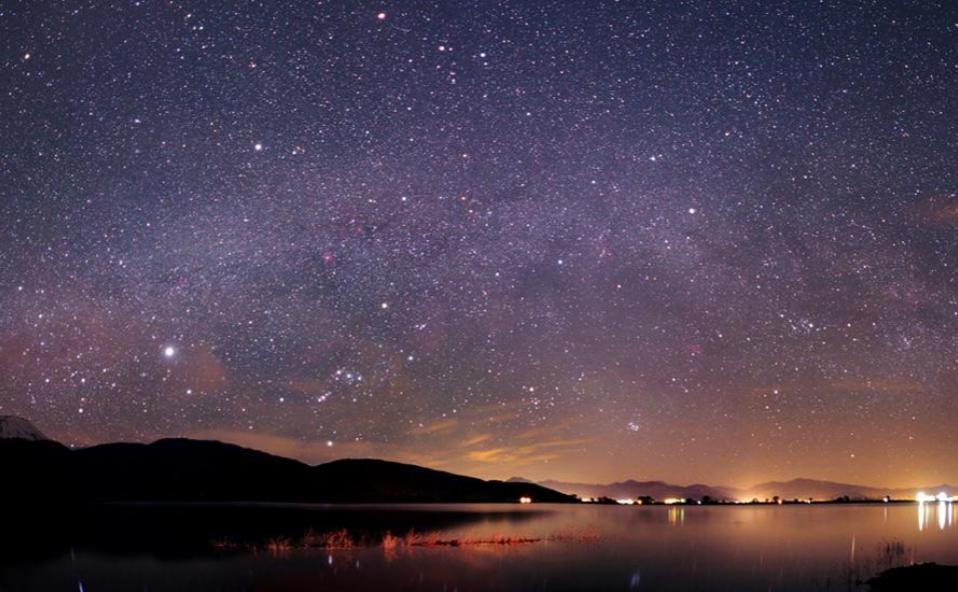April, the first full month of spring, beckons sky-watchers to rise early to catch some fine planetary action before dawn all month. The LYRID meteor shower will also put on a decent show around mid-April. MERCURY will give us its best evening appearance of 2022, and a spectacular conjunction of Venus and Jupiter will occur on April 30.
Mercury rises higher above the western horizon all month, becoming an easy object to spot by April 16th. Mercury will remain above the western horizon for 75 minutes after sunset. We will be able to see the soft glow of the PLEIADES star cluster above Mercury. By April 27 to 29 Mercury’s motion will close the gap so that it will be seen just below the Pleiades.
All other planets will be seen in the eastern sky before dawn. Jupiter will already be visible when Mars rises around 5 am local time during the first week of the month. Saturn and Venus will arrive about 2 hours before sunrise; with Venus being the brightest and therefore easiest to see. Saturn will be to the right and just below Venus, and Mars (the dimmest), will be to Saturn’s upper right. On April 5th, Mars and Saturn will be so close as to almost touch one another.
Venus will start to move away from (to the left) Mars and Saturn during the next two weeks of April, and by April 24th, the waning crescent Moon will be seen below Saturn; and below Mars on the 25th, and below Venus on the 26th. On April 27th, look for the Moon below Jupiter, with Venus just to right of the giant planet.
The grand finale of the April planet show will be on the 30th. Jupiter and Venus, the two brightest planets in the solar system as seen from Earth, will be seen less than the width of the Moon apart!! Though there will be more Jupiter/Venus conjunctions over the next few years, but none this close will happen until November of 2039!!
This month’s annual meteor shower, the Lyrids, peaks on the night of April 16th. Look to the eastern sky two-thirds of the way up from horizon to zenith around 3 to 4 am. After this, the rising waning gibbous Moon will brighten the skies making it harder to see meteors. At best, we can expect 15 to 20 meteors per hour.
April’s Full Moon is April 16th; one day before Easter!



Write a Letter to the Editor on this Article
We encourage readers to offer their point of view on this article by submitting the following form. Editing is sometimes necessary and is done at the discretion of the editorial staff.